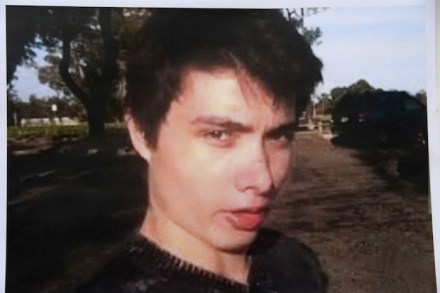Cybersex is a dangerous world (especially for novelists)
Few first novels are as successful as S.J. Watson’s Before I Go to Sleep, which married a startling and unusual premise to a tightly controlled and claustrophobic thriller. Its only drawback was that it was a hard act to follow. Novelists tend to dump all their brilliant ideas into their first book, and the white heat of originality compensates to some extent for any want of craft. Second novels lack both advantages, and have the additional problem that readers come to them laden with expectations. Like its predecessor, Second Life is a slice of domestic noir with a woman narrator. It is set mainly in affluent corners of London, with



















